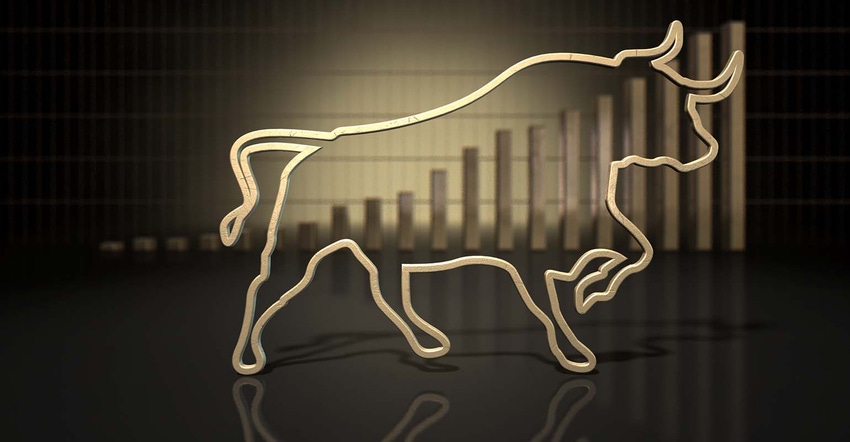
Earlier this year, we expected USDA to revise 2019 numbers that reflected tight stocks justifying strong basis and narrow spreads. We also expected to sell any rally associated with that adjustment to the lock in 2020’s production and neutralize any potential negative impact larger acres might have.
USDA never made that revision, and now with Coronavirus, we may be looking at the opposite pattern.
Impact on China
The coronavirus has had a significant impact on China. When president Reagan was in office, I was asked to attend a meeting that simulated a viral outbreak in the United States. I will never forget the most significant threat was not so much the contagion or the death rate; it was the shutting down of transportation that would kill the economy. It was the semi-driver not willing to deliver food to the Kroger store in Omaha for fears of bringing the virus home to his family. In this simulation, grocery stores would be emptied out in three days without normal logistics. That means that in 14 days household supplies run out and social unrest could occur.
That was the threat identified in the meeting I attended. Obviously, nobody knows how it works in China, but we do know the government is providing military assistance and transportation of food and feed to the affected areas and doing everything possible to keep social order and economic stability.
Coronavirus is what is known as a Black Swan event – something no one saw coming. The market is factoring in this Black Swan event and will soon be factoring in traders’ 2020 acreage projections. We suspect 94 to 95 million acres of corn and 84 to 86 million acres of soybeans. Given good weather and a conservative demand for exports, ending stocks could jump to 2.6 billion bushels in corn and over 600 million bushel beans. This will depend on planting and growing weather, the effectiveness of the new U.S. trade policies, and the dollar.
What about the funds?
We did several studies and found when inflation is over 2%, the fund positions typically turn bullish toward fuel and food 9 (the inelastic core weekly consumer expenditures). Current inflation is flirting with 2% but the fed's fiscal policy is for roughly 2.5% inflation.
With unemployment the lowest since 1969, wages are increasing significantly and we're on the verge of seeing consumer spending starting to increase as a result. Thus, inflation should be confirmed by late second quarter.
Another study we did shows how markets trend in the direction of trade policy. With improving trade policy, we think markets will start to trend better as long as these policies are verified with actual purchases from China, Japan, South Korea, Mexico and Canada.
We also did a study of elections going back 30 years. We found no correlation to commodity price during the campaign time. However, from August to November we found that corn rallies 82% of the time and cattle move higher 73% in election years.
Based on these studies, it would suggest producers should have a marketing plan and risk well balanced; keep enough percent open to the upside just in case fiscal policy, trade policy, and election factors bring investment money into our markets later in the year.
We use a program that evaluates your marketing strategy and helps balance farm risk so you have enough sold to adequately protect income, but also have enough ownership to take advantage of upside markets. Call us if you would like a free demo how this works.
Reach Biedermann at 815-404-1917 or [email protected]
The risk of loss in trading futures and/or options is substantial and each investor and/or trader must consider whether this is a suitable investment. AgMarket.Net is the Farm Division of John Stewart and Associates (JSA) based out of St Joe, MO and all futures and options trades are cleared through ADMIS in Chicago IL. This material has been prepared by an agent of JSA or a third party and is, or is in the nature of, a solicitation. By accepting this communication, you agree that you are an experienced user of the futures markets, capable of making independent trading decisions, and agree that you are not, and will not, rely solely on this communication in making trading decisions. Past performance, whether actual or indicated by simulated historical tests of strategies, is not indicative of future results. Trading infromation and advice is based on information taken from 3rd party sources that are believed to be reliable. We do not guarantee that such information is accurate or complete and it should not be relied upon as such. Trading advice reflects our good faith judgment at a specific time and is subject to change without notice. There is no guarantee that the advice we give will result in profitable trades. The services provided by JSA may not be available in all jurisdictions. It is possible that the country in which you are a resident prohibits us from opening and maintaining an account for you.
About the Author(s)
You May Also Like






